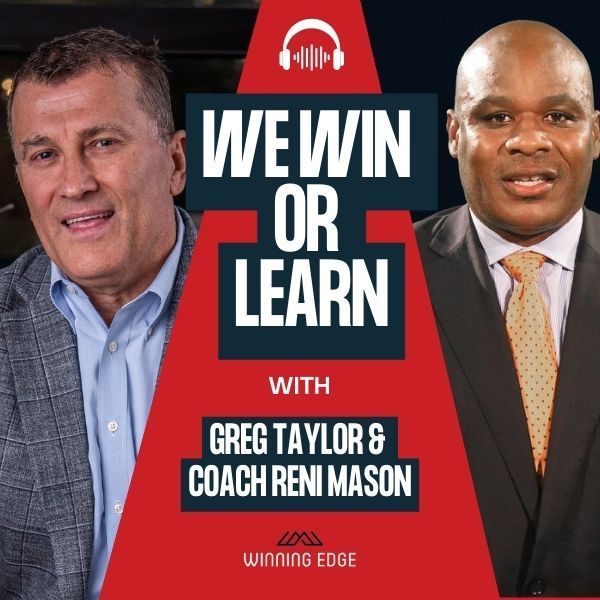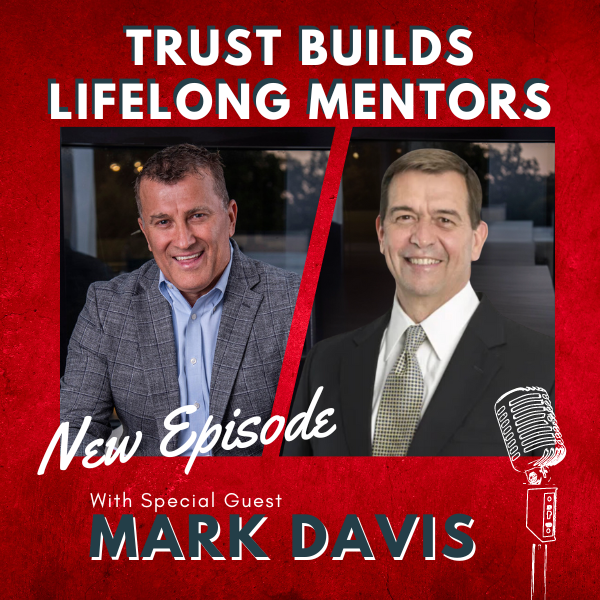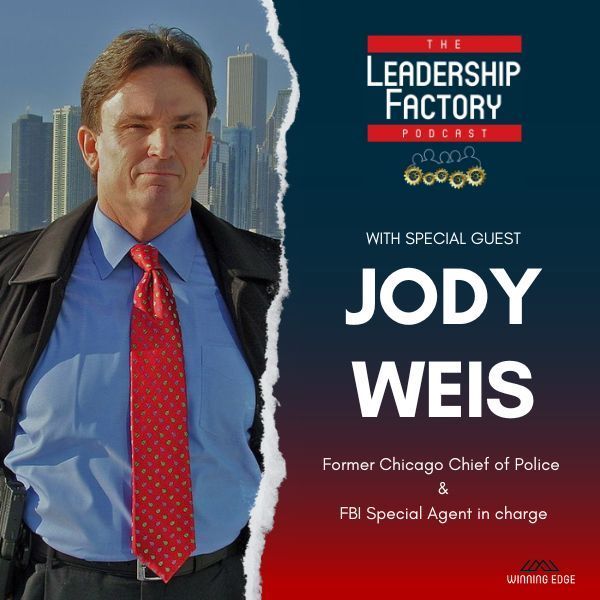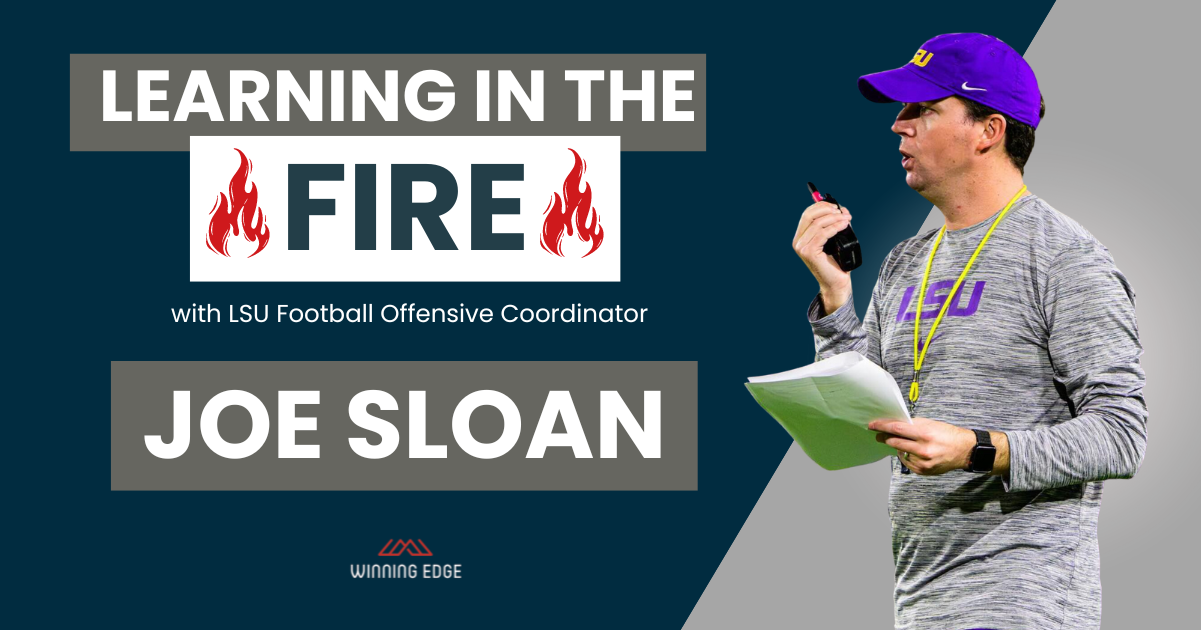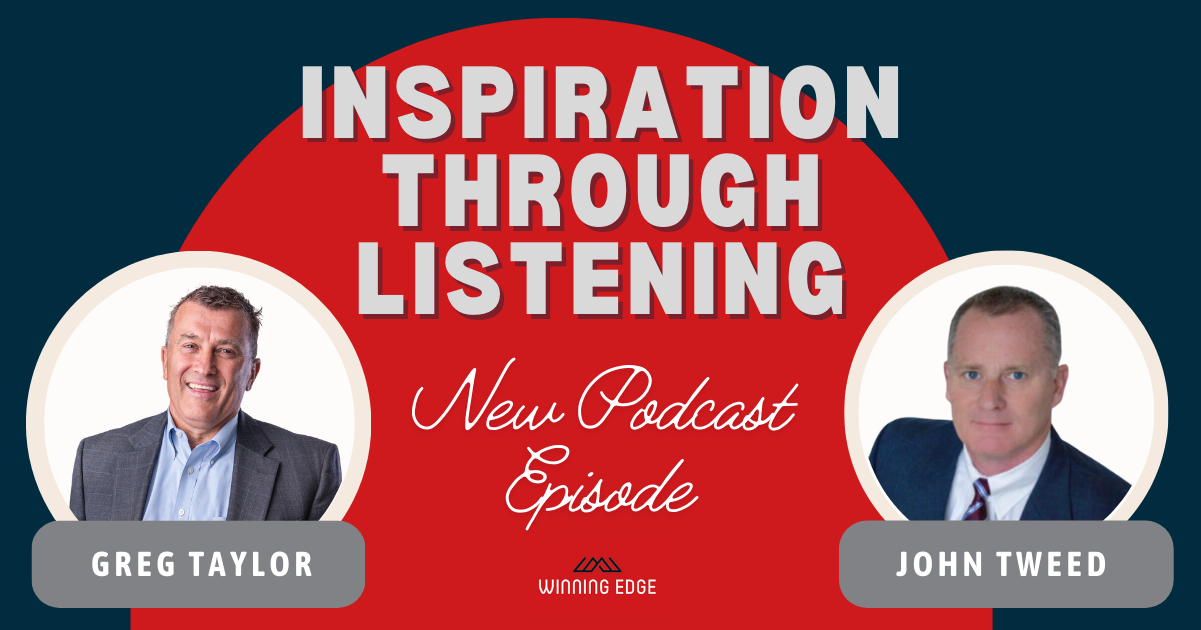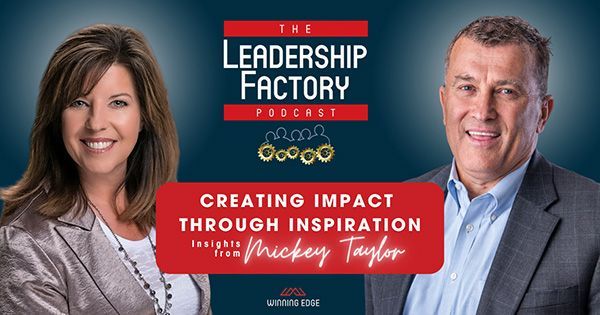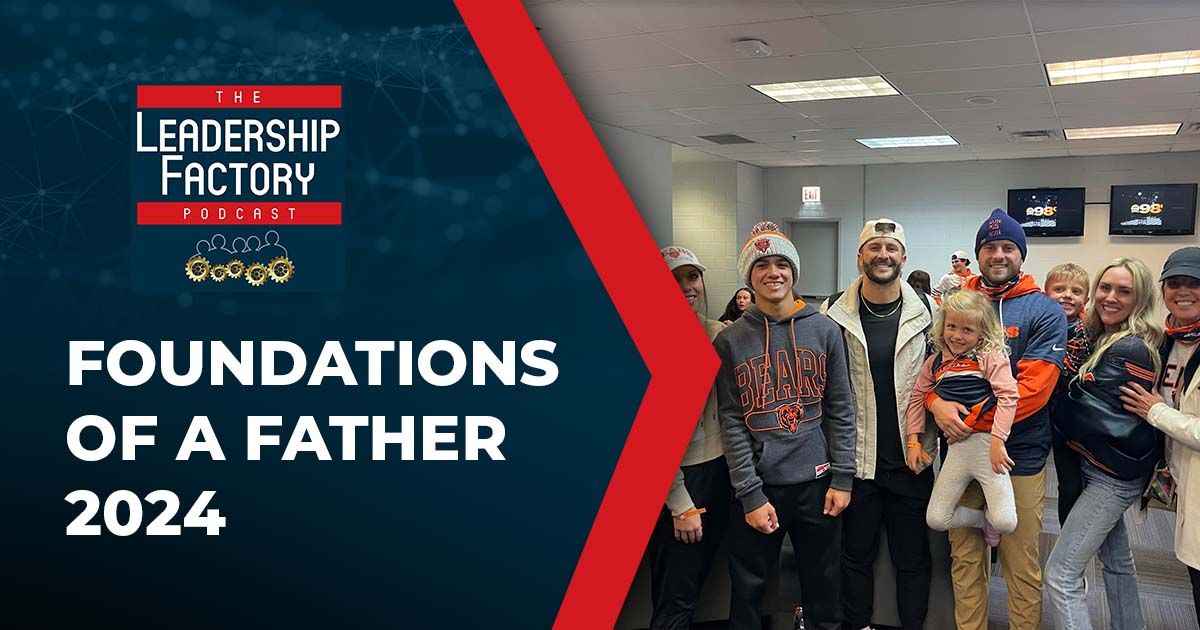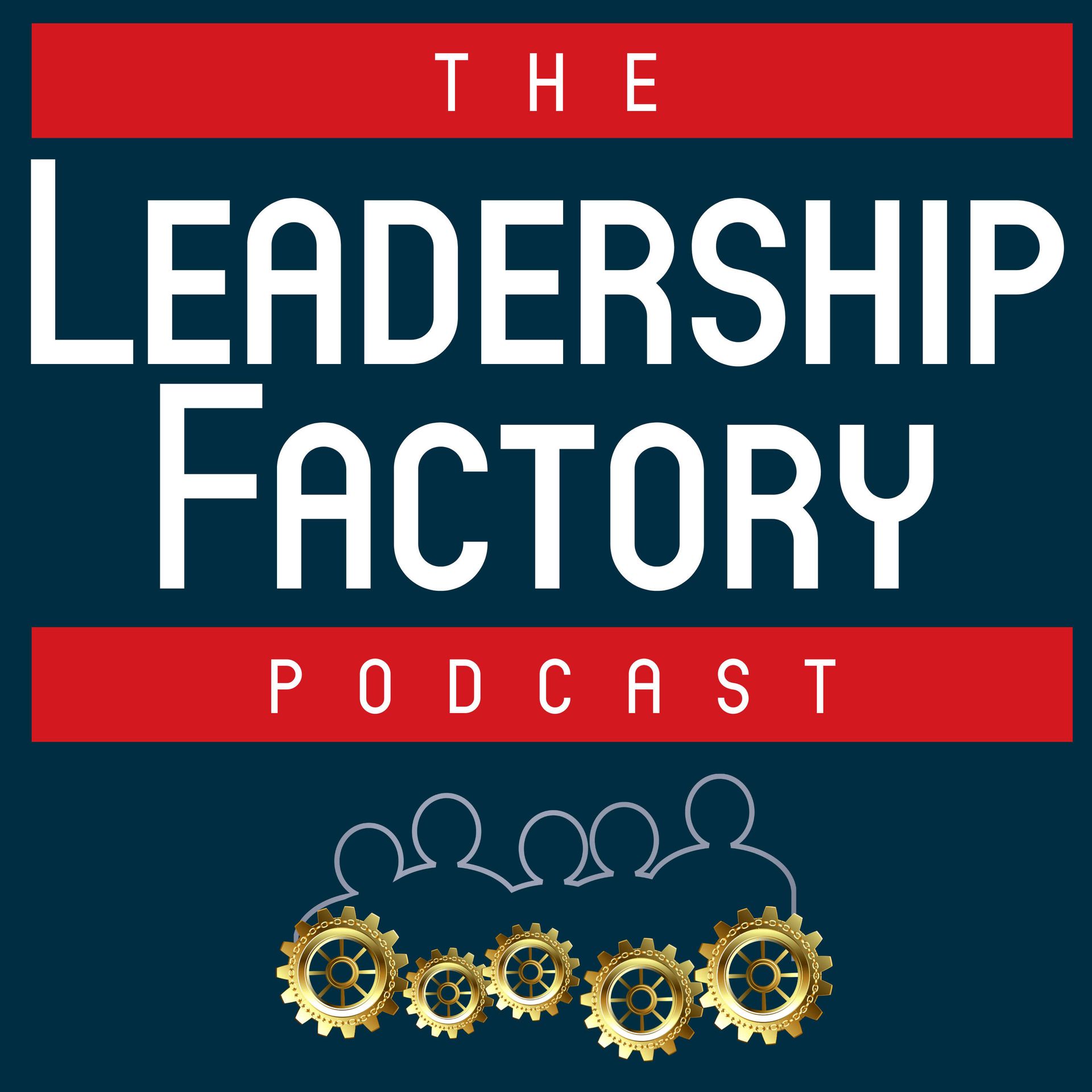Leadership is more than asking for a certain result. It is leading through a process to obtain a result.
Are you tired at giving the same directions repeatedly? Are you frustrated that tasks are not carried out to your expectation? Everyone in leadership has felt this. Two decades ago, I figured out that leadership is an endless process. WE have broken down this process into 10 steps. These steps are systematic, intentional, and will help guide our people, no matter their current level of performance. We will employ consequences, both positive and negative, to shape our people’s ultimate destiny.
The 10 steps are as follows:
- Can they do the job?
- Do they want to do the job?
- Are they going to be coachable and humble?
- How long will they stay?
- Preparation
- Set expectations
- Hold them accountable
- Demand Excellence
- Reward and recognize
- Discipline and terminate, if all else fails.
It all begins with the hiring process. Who do you allow on your team? We must hire the best fit for our organization. Before we allow someone in the door, we must ask ourselves 4 questions. 1) Can they do the job? 2) Do they want to do the job? 3) Are they going to be coachable and humble? 4) How long will they stay? An open and thorough interview process is where a trusting relationship begins. Once our people see the effort that we invest in finding the right people, then everyone will take another step.
To build a culture of achievement, we must prepare and train our people, set expectations for them, hold them accountable every day, and demand excellence (steps 5-8). When we give our people the capacity to do their job, hold them accountable for their current behavior, and set well-defined expectations for their future performance, everyone in the organization will have clarity for their role and the steps they must take to excel in their position.
What is the end game of this process – consequences (steps 9-10)! When our people are doing good things, we need to immediately reinforce that behavior for maximum impact. Conversely, when someone’s behavior needs improvement, we need to discipline them out of concern for their well-being and the longevity of their employment. If discipline fails to change behavior, termination may become necessary (get your HR Dept. involved!). Leadership is hard, because sometimes we must terminate the bad ones to motivate the good ones. When our people see behavior being appropriately rewarded and discouraged, then everyone will be determined to take another step.
Stop being frustrated, let the process set you free, and then everyone will take another step.
Love to hear your stories on how the process helped you build the best version of your people.


